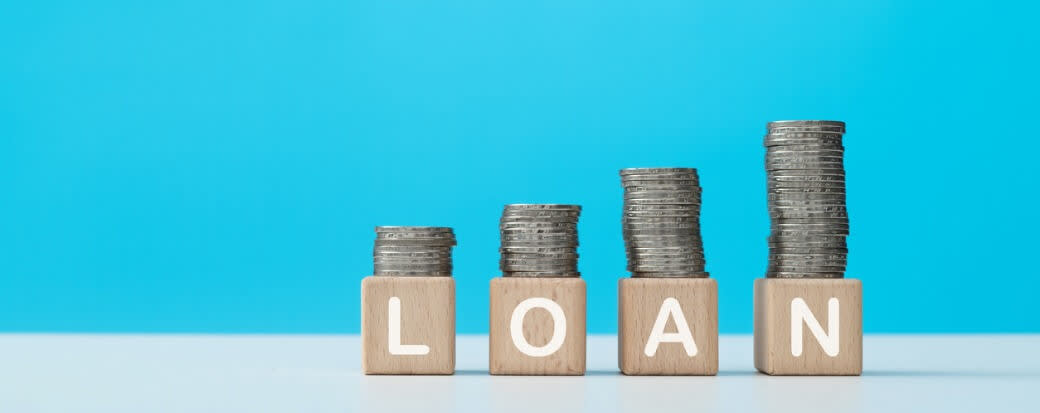Guide to $15,000 Personal Loans

Share this article:
Editor’s note: Lantern by SoFi seeks to provide content that is objective, independent, and accurate. Writers are separate from our business operation and do not receive direct compensation from advertisers or network providers. Read more about our Editorial Guidelines and How We Make Money.
What Are the Pros and Cons of Personal Loans?
Pros of Personal Loans
Flexible Use
Using a personal loan to consolidate debt Using a personal loan for home improvements Using a personal loan to help cover a service dog cost
Lower Interest Than Credit Cards
Higher Borrowing Limit Than Credit Cards
Credit Is Usually Unsecured
Can Be Used to Pay Down Higher Interest Debt
Cons of Personal Loans
May Have Fees
Origination fee Prepayment penalty Late payment fee Returned check fee
High Interest for Poor Credit Scores
Higher Monthly Payments Than Credit Cards
Where Can You Get a $15,000 Personal Loan?
$15,000 Personal Loan Requirements
1. Apply Online
2. Verify Your Information
3. Accept the Loan
What to Consider When Applying for a $15,000 Personal Loan
Interest Rates
Repayment Terms
Monthly Payment
Fees
Late payment fees. Lenders may charge a late fee of $25 to $50 if you make a late payment. Some lenders may charge a percentage of your monthly payment. Origination fees. An origination fee is a fee that a lender may charge for handling your loan request. It may also be called an underwriting fee, processing fee, or administrative fee and can range from 1% to 10% of the loan amount. Prepayment penalty. Some lenders may charge a prepayment penalty fee to borrowers who pay off their loan early. Not every lender charges a prepayment penalty, but if they do, the amount will be disclosed in the loan agreement. Returned check fee. If you send in a check for payment and have it returned for insufficient funds, your lender will likely charge you a fee. Expect this fee to be anywhere between $20 and $50. In addition to a returned check fee, some lenders may charge a late payment fee, too.
Total Repayment Costs
Total payments. This includes the cost of all monthly payments, including finance charges and principal. Finance charge. Assuming you make all monthly payments on time, the finance charge includes interest and fees.
5 Uses of a $15,000 Personal Loan
1. Debt Consolidation
2. Financing Home Improvements
3. Paying for Grand Vacation
4. Covering Wedding Expenses
5. Covering Moving Expenses
What Are Some Alternatives to Personal Loans?
Credit Cards
Personal Line of Credit
Checking Personal Loan Rates
Frequently Asked Questions
Photo credit: iStock/baona
LNTPL-Q225-015
About the Author
Lauren Ward is a personal finance expert with nearly a decade of experience writing online content. Her work has appeared on websites such as MSN, Time, and Bankrate. Lauren writes on a variety of personal finance topics for SoFi, including credit and banking.
Share this article: